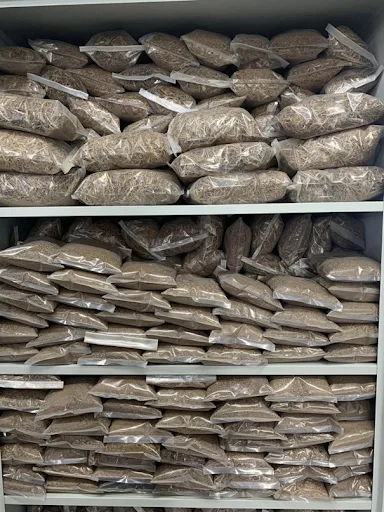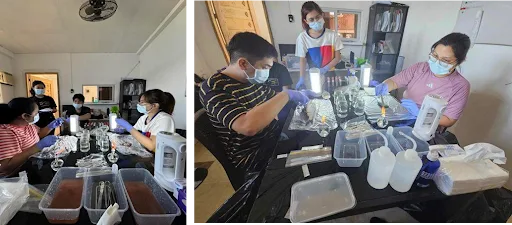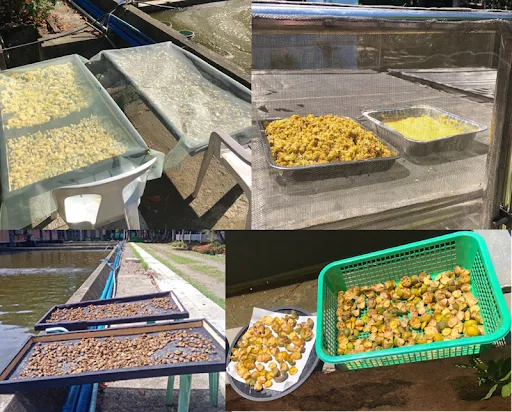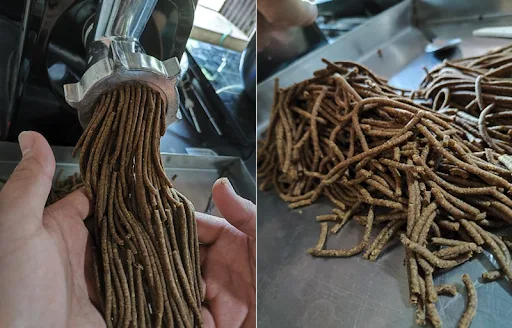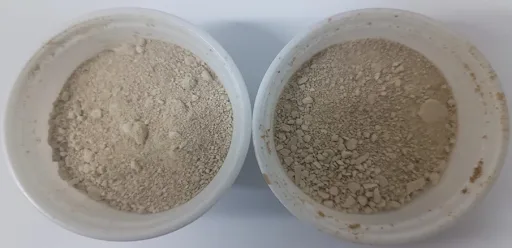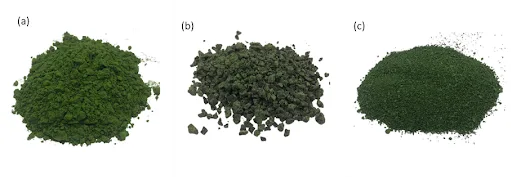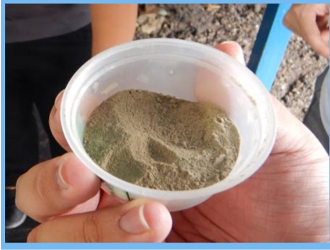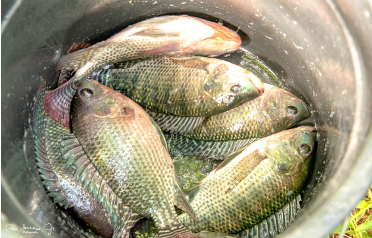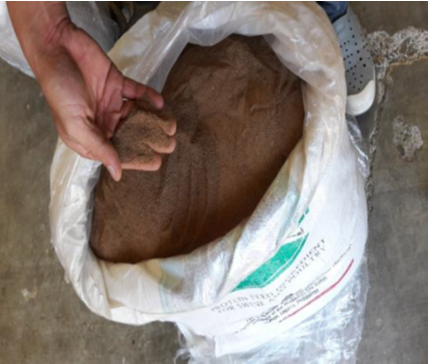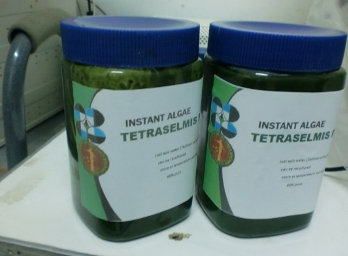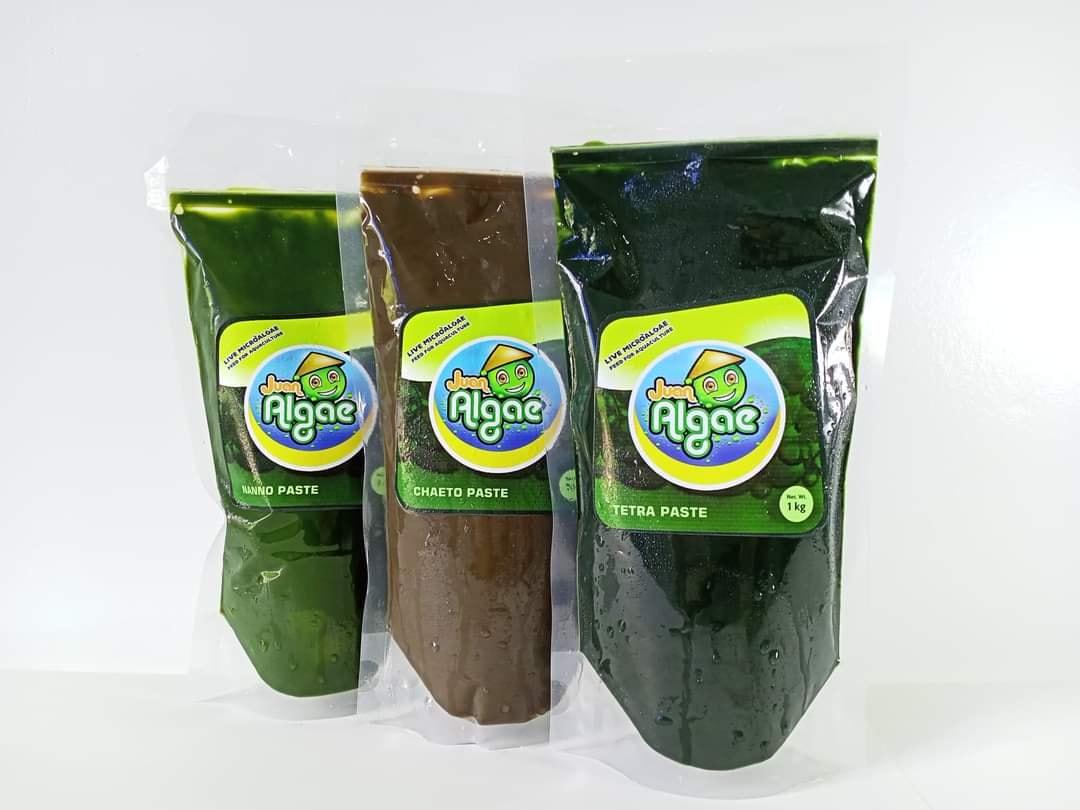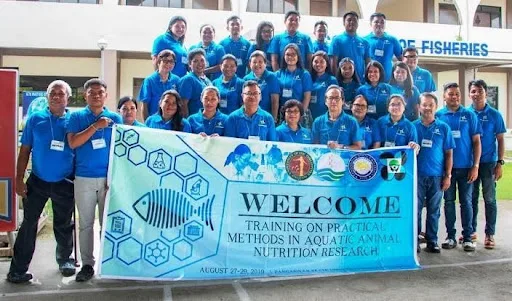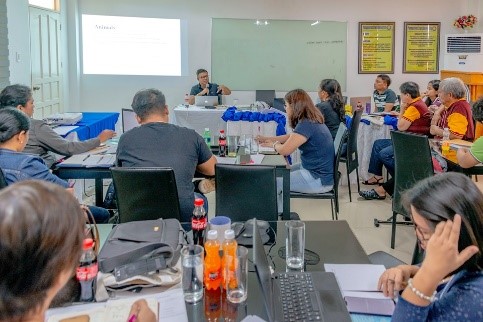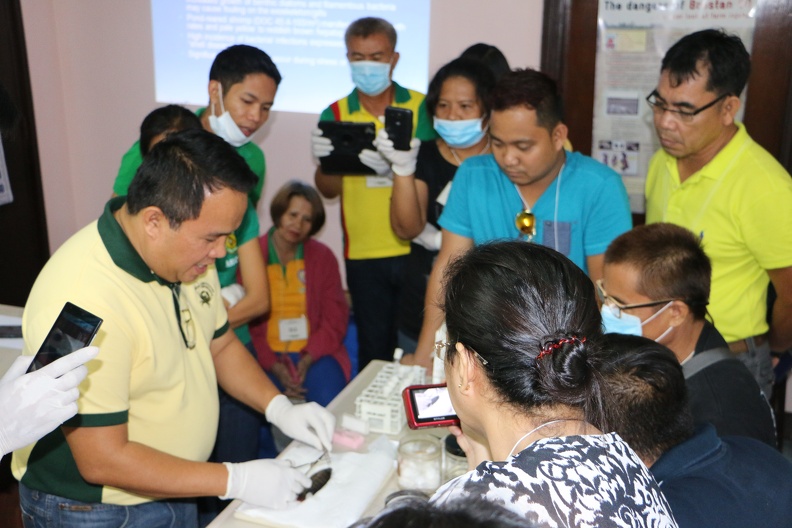Aquafeeds Industry Profile
Aquafeeds are feeds for any aquatic organisms as part of aquaculture. They can be in the form of pellet, mash, or crumble feeds. Pellet feeds are in agglomerated form, produced through use of heat, moisture and pressure, or through extrusions. While crumble feeds are in granular form, and mash feeds are in meal form. Aquafeeds are required to be nutritionally adequate because they are used in culturing aquatic organisms such as crustaceans, fish and mollusks.
The protein, lipids, carbohydrates, vitamins and minerals levels of aquafeeds should meet the nutrient requirements for each intended species. Likewise, the raw materials for aquafeeds need to be good sources of the required nutrients and should have less polluting effect on the environment. Microalgae, seaweeds and seaweed by-products are now being used for aquafeed formulations.
Problems in the Industry
The problems faced by the Philippine aquafeeds industry include low algal paste yield, and the high cost of fish meal and soybean-meal based protein source for aquafeed which increases the cost of aquafeeds. There is also a need for feeds for new and genetically-improved cultured species and improvement in technologies to improve the quality of aquafeeds and production efficiency.
ISP for Aquafeeds
The PCAARRD Industry Strategic S&T Program (ISP) for aquafeeds aims to decrease aquaculture feed cost; produce an exportable microalgal paste; produce fish feed made up of 70% local materials; and produce 1 ton/month of feed using locally-available ingredients.


